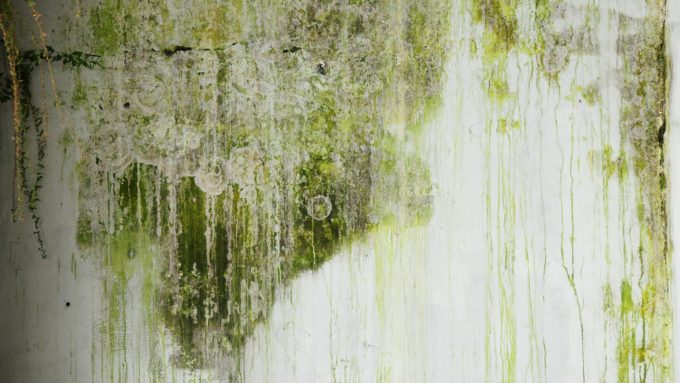There are many kinds of molds that can grow in a home, and all kinds need to be removed. You can clean some mold infestations yourself, but before you attempt to clean it up, you should determine what kind of mold you have. Some are too dangerous for an unskilled person to tackle.
Understanding and Identifying Different Types of Mold In Your Home
Molds can range from ones that are likely to cause allergies, including asthma attacks, to ones that can cause illness, and to ones that are so toxic they can cause life-threatening and fatal health conditions.
Some Types of Molds That Can Grow In Your Home
Acremonium
Acremonium grows predominantly inside manmade household systems and appliances such as air conditioning units and humidifiers, though it can be in places like carpet and on wallpaper. It is light-colored and can either be a contained, moist mold or a powdery form.
If you encounter this type of mold, do not attempt to clean it yourself. It causes allergies in most but can cause several serious conditions in others.
Alternaria
Alternaria is one of the most common molds you’ll likely find in your home. It likes moist environments in kitchens and bathrooms, such as showers, bathtubs, around toilets, and under and around sinks and can grow with just humidity. Alternaria is a soft mold that is either brown or dark green with little hair-like structures. This type of mold spreads really fast in your home as it releases a lot of spores into the air, so it’s important to tackle it quickly and effectively.
Thankfully, Alternaria is one of the less serious types of mold, causing allergic reactions, but its rapid growth and high spore count make it highly allergenic.
Aureobasidium
Aureobasidium grows under wallpaper, on wood furniture, and on window sills and it typically comes in pink, black, or brown. It can cause eye, skin, and nail infections and one should use gloves when cleaning it.
Chaetomium
Chaetomium grows where there is water damage. It is a soft, texture-y mold that starts out light colored and gradually turns darker, becoming black over time. It also has a musty smell to it.
It’s not usually too dangerous, causing skin and nail infections, but it can sometimes cause illness in people with compromised immune systems. Cleaning Chaetomium will only be effective if you fix the source of the water damage. Because it grows as a result of water damage, it often coexists with Stachybotrys.
Stachybotrys
Stachybotrys, or “black mold”, is both allergenic and highly toxic. Dark green or black and usually slimy, but if the area becomes dry, the mold can become powdery. It likes damp wood, paper, and other similar materials. It can cause mild allergic symptoms, serious mental and physical symptoms, and neurological symptoms. Even if exposure to black mold is not fatal, it can cause permanent damage. The longer you are exposed to it, the more dangerous it is.
Ulocladium
Ulocladium often springs up in homes with severe water damage. It’s dark and velvety, and prefers the typical mold-loving areas like showers and basements, but it can grow just about anywhere there is sufficient water.
It’s not too dangerous itself, causing allergies and some more serious symptoms in people with compromised immune systems, but stachybotrys often grows in conjunction with ulocladium, so extreme care should still be taken.
Advice For Removing Molds
There are many more kinds of molds, though these are some of the most common and most concerning of household molds. Do-it-yourselfers can clean some mold infestations, ones that are not toxic and have not damaged a sizable amount of material, but many others cannot. If you cannot guarantee that you have one of the more harmless molds in your home, or simply don’t want to risk it, have an inspection completed and call a mold removal specialist.

